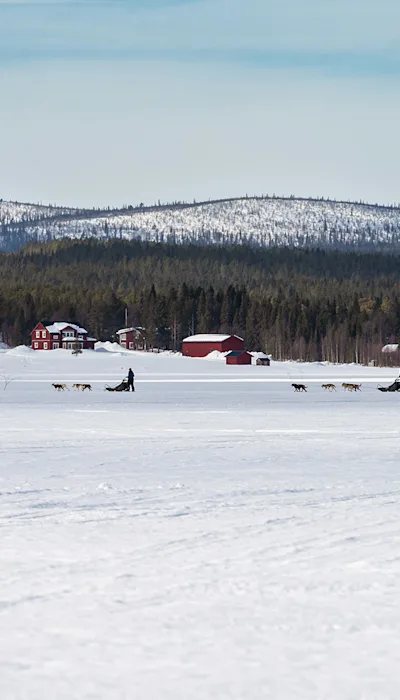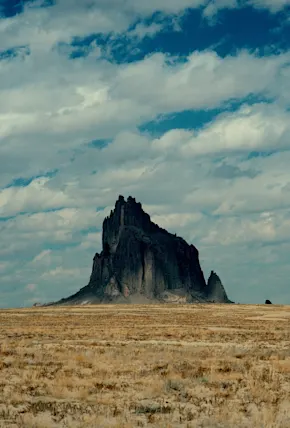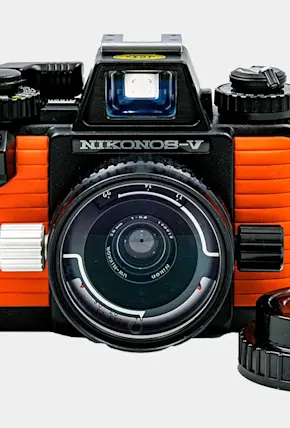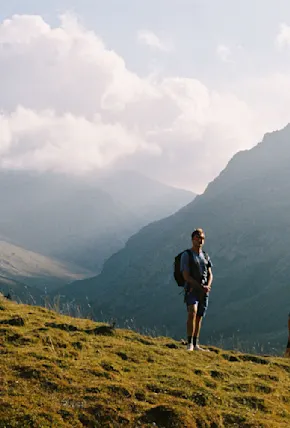What am I doing here?
There I was, nearly a hundred miles north of the Arctic Circle, on a narrow, winding dog sled track somewhere in the boreal forests of Swedish Lapland. Within the last hour, I had rammed my sled against a tree, keeled over at a sharp corner, and nearly committed the cardinal sin of dog sledding: letting my sled get away. Now, I had somehow managed to wedge my foot between the sled and brake—something our lead musher Melanie said she had never seen before. Great.
Foot extracted, I shouted “hike!” to my six dogs to continue on as I fought a rising tide of emotions. I considered myself a fairly outdoorsy person. I thought I was made of stronger stuff. So why was I so shaken up after barely a day behind the handlebars of a dog sled?
Of course, I am far from the first to be served a healthy dash of humility by the harsh northern extremes of our planet. And comparatively, I had it easy on my assisted, modern-day expedition. But even knowing the Arctic wasn’t for the faint of heart, I still wanted to come. Why? Reading National Geographic as a kid and Barry Lopez as an adult, I felt its call. I wanted to see landscapes described as transcendent, and I wanted to do it the same way everyone from the native peoples of the far north to Western explorers had done it: from the tail end of a dog sled team.
And that, in a nutshell, is Fjällräven Polar.












